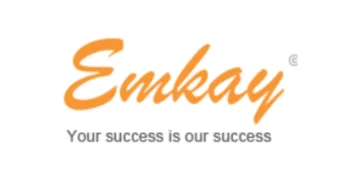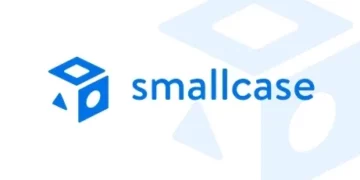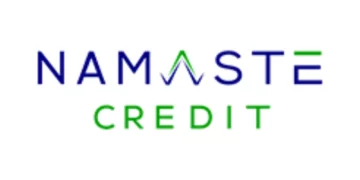Last Updated on November 28, 2025
“In an organization like ours which has the challenge of being constantly efficient, time is the most critical factor. We need to minimize the time taken for each process and make it as stable and reliable as possible.” – Satish Sivadasan, MD, SCHUNK
German companies are known across the world for their extraordinary efficiency, and SCHUNK, the global leader in clamping technology and seasoned expert in lean manufacturing systems, is no different. While the usual requirements of creativity, detailed and accurate record keeping, market monitoring, etc., obviously play important roles in building successful businesses, it’s efficient time management that takes on the most crucial role at SCHUNK.
As a part of our CXO Feature blog series, let’s look at how SCHUNK worked with Happay to align its operations with its vision of efficient time management.
Getting back to the basics: What exactly is a lean management philosophy?
“Lean” is a management philosophy primarily based on the famous Toyota Production System (TPS). It aims to dispose of anything that does not add value to the end user. Therefore, it works at identifying any waste – in terms of time, cost, or effort – and eliminating it from the production process.
The main focus of the principle is on establishing a value stream as its primary work unit. A value stream map (VSM) is thus created, defining value at each stage of a business process from the perspective of the end user. Next, any step that does not create value (typically inflated timelines, which result in delays) is identified and eliminated.
The SCHUNK story
SCHUNK commenced its operations in India in 2001. Being a long-time champion of lean processes, everything at the organization was subject to continuous improvements. All its departments were empowered to offer ideas and suggestions aimed at consistently improving process coordination, reducing waste, improving safety, and minimizing customer complaints.
However, expense management is still a neglected process for many businesses –, particularly legacy businesses. In SCHUNK’s case, this natural oversight led to many challenges.
Accounting was the only vertical at SCHUNK that was not completely aligned with the lean philosophy. At Happay, we knew the time and efficiency that traditional bookkeeping costs business and, therefore, completely understood what the organization needed to streamline its process.
SCHUNK goes in for an expense management boot camp with Happay
“The world today is doing away with anything that is unproductive. In the smallest of things we do today, there is automation included. Happay has been very instrumental in our operations to save man hours and has helped SCHUNK automate a lean management system for accounting.” – Satish Sadasivan, MD, SCHUNK
The boot camp blueprint
- Real-time data capture: The first step to uniformity was generating instantaneous online data for every transaction that was executed. Typically, authorities had to wait till the end of a month or quarter to feed this data into the system.
- Elimination of manual intervention: To accomplish complete automation, Happay re-created SCHUNK’S accounting workflows to eliminate the slightest need for manual intervention.
- Employee training: Getting acquainted with the new solution was an easy exercise at SCHUNK, as the employees were already attuned to automation in all other processes. In addition, Happay provided specific training to the employees, resulting in immediate productivity gains.
- Integration with the ecosystem: Happay ensured to tackle all aspects by enabling a value stream mapping for accounting efficiency. This helped develop a holistic ecosystem at a pan-organizational level -– with all verticals working in a synchronized, automated, and efficient manner.
“Some features of Happay crossed the expectations of Schunk. Initially, it was only about implementation, but they have delivered more.” – Satish Sadasivan, MD, SCHUNK
The outcome
With Happay in place, the outcome for SCHUNK with respect to spend management was as follows
Did you know that the second largest controllable enterprise spend is T&E? Yet, a large number of organizations fail to focus on controlling this overhead. The tangible and intangible benefits of the real-time tracking of these expenses are indispensable to the sound functioning of any organization – regardless of size or scale of operations.








Discussion about this post